Legal Notice 2025-2050 Northwest RPO Long Range Transportation Plan Update The Northwest PA Regional Planning & Development Commission, Planning Partner for the Northwest Rural Planning Organization (RPO) covering the counties of Clarion, Crawford, Forest, Venango, and Warren, has prepared an update to the 2025-2050 Long Range Transportation Plan. A hard copy of the plan will be on public display at the Commission’s office located at 395 Seneca Street in Oil City, PA, Monday through Friday, 8:00 AM to 4:00 PM. The document has been sent to each of the five counties’ planning offices; the offices of the two transit agencies (Crawford Area Transportation Authority and the Transportation Authority of Warren County), the following townships: Brady, Clarion, Knox, Madison, Monroe, Paint, Piney, Redbank, Washington, Beaver, Conneaut, East Fallowfield, Fairfield, Rockdale Sparta, Spring, Steuben, Summit, West Mead, West Shenango, Green, Harmony, Hickory, Howe, Jenks, Kingsley, Clinton, Oakland, President, Columbus, Conewango, Eldred, Freehold, Mead, Pittsfield, Sandycreek, Sheffield, Southwest, Spring Creek, Sugar Grove, and Triumph; the following boroughs, Callensburg, Clarion, New Bethlehem, Rimersburg, Sligo, Strattanville, Cambridge Springs, Centerville, Conneautville, Hydetown, Saegertown, Springboro, Venango, Clintonville, Emlenton, Pleasantville, Polk, Utica, Bear Lake, and Clarendon; and the Cities of Meadville, Titusville, Franklin, Oil City, Warren and Youngsville. The documents were also sent the following eight tribal nations for display: Absentee-Shawnee Tribe of Oklahoma, Delaware Tribe, Eastern Shawnee Tribe of Oklahoma, Seneca Nation of Indians, Seneca-Cayuga Tribe of Oklahoma, St. Regis Mohawk Tribe, Shawnee Tribe, and the Tonawanda Seneca Nation. The Plan will be on display from December 18, 2023 January 16, 2024. The plan will also be distributed and available electronically to all other municipalities and available to view on the Northwest Commission’s Transportation webpage at (https://northwestpa.org/community_ development/transportation/. A public informational meeting will be held at the Northwest Commission office on January 10, 2024, from 10-11:30…
Continue reading


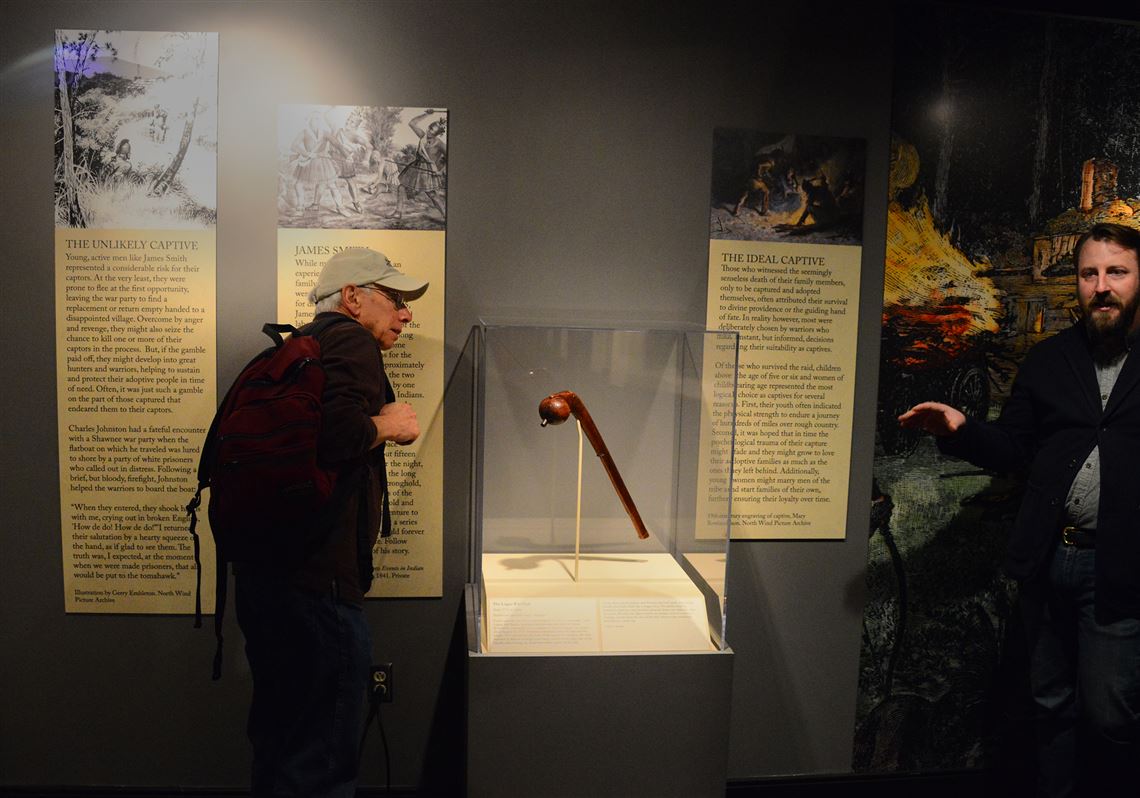



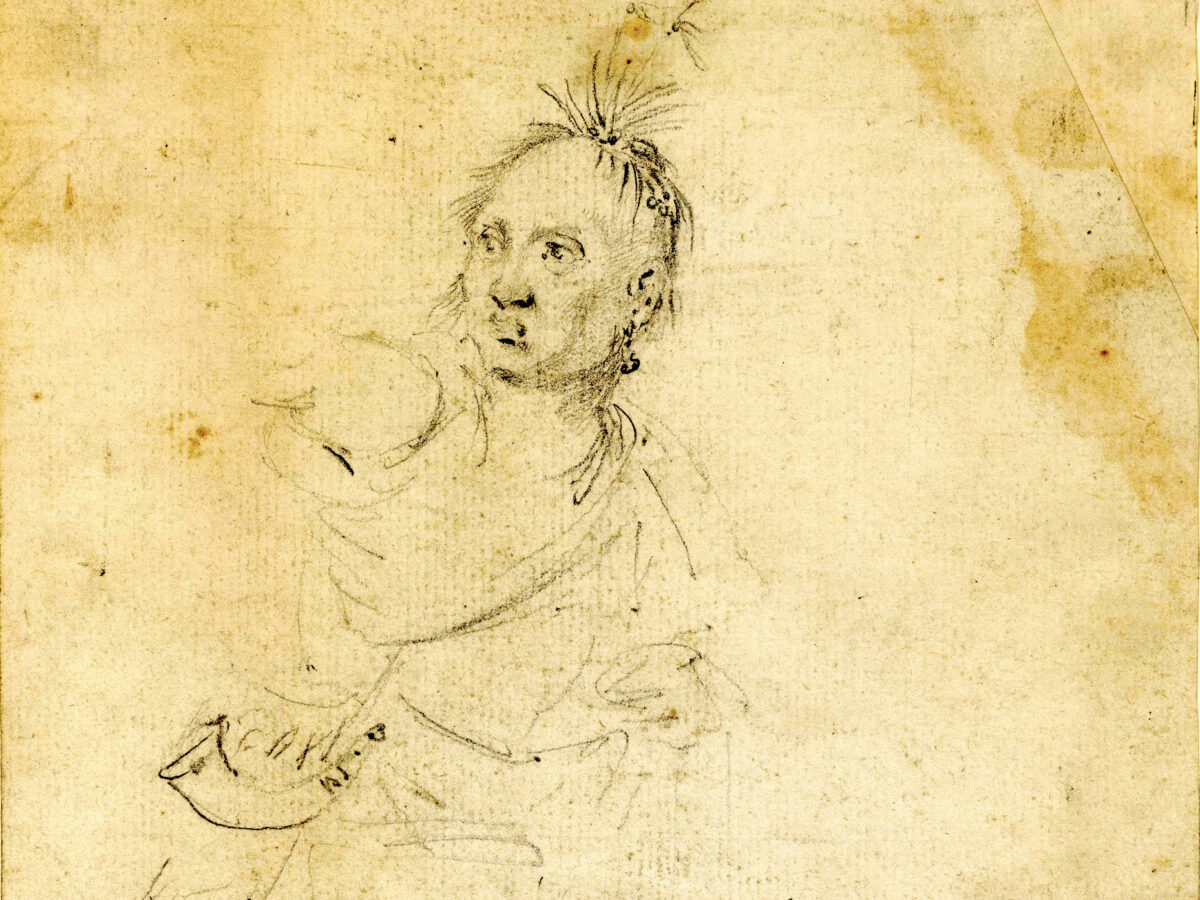
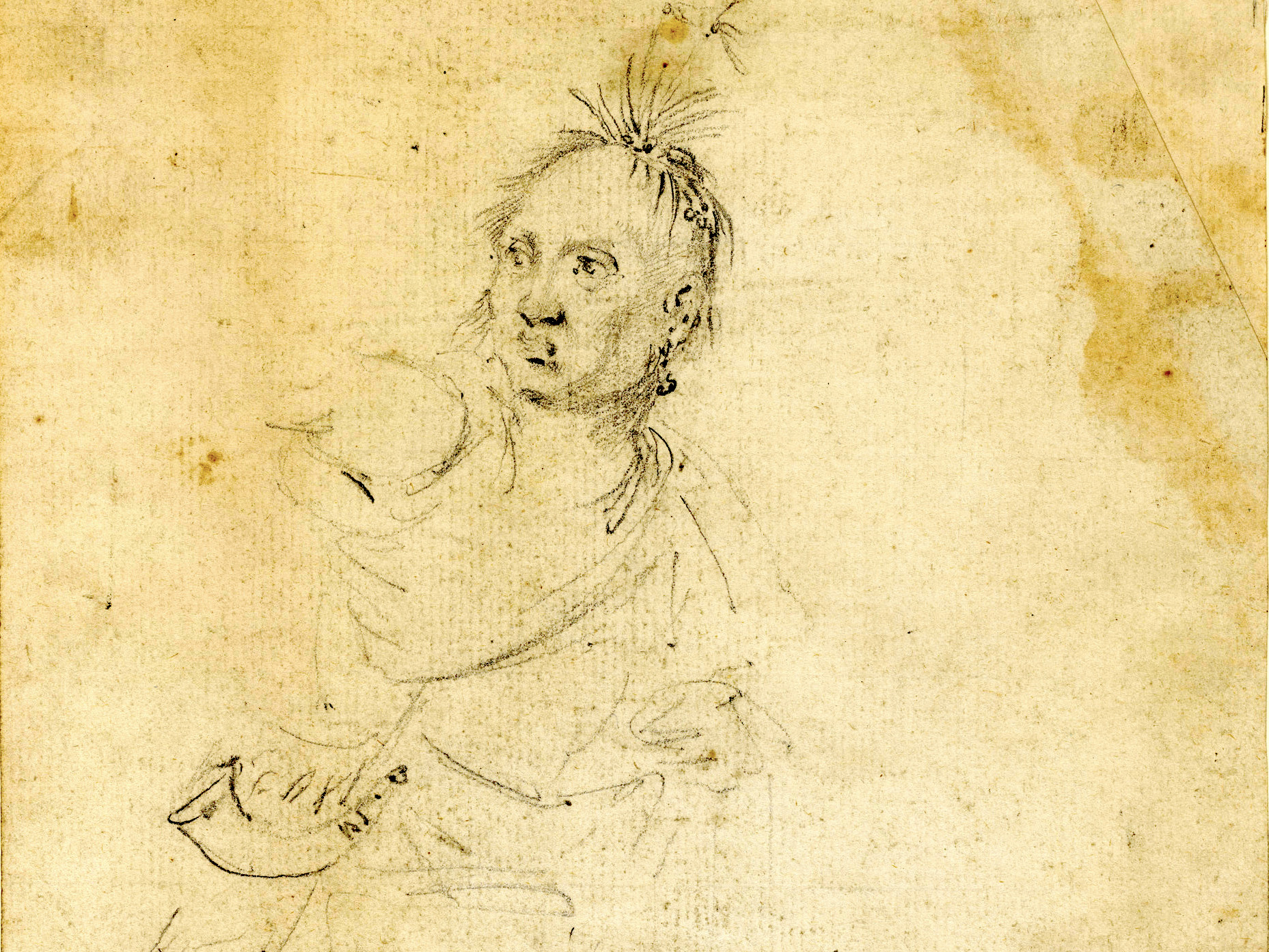
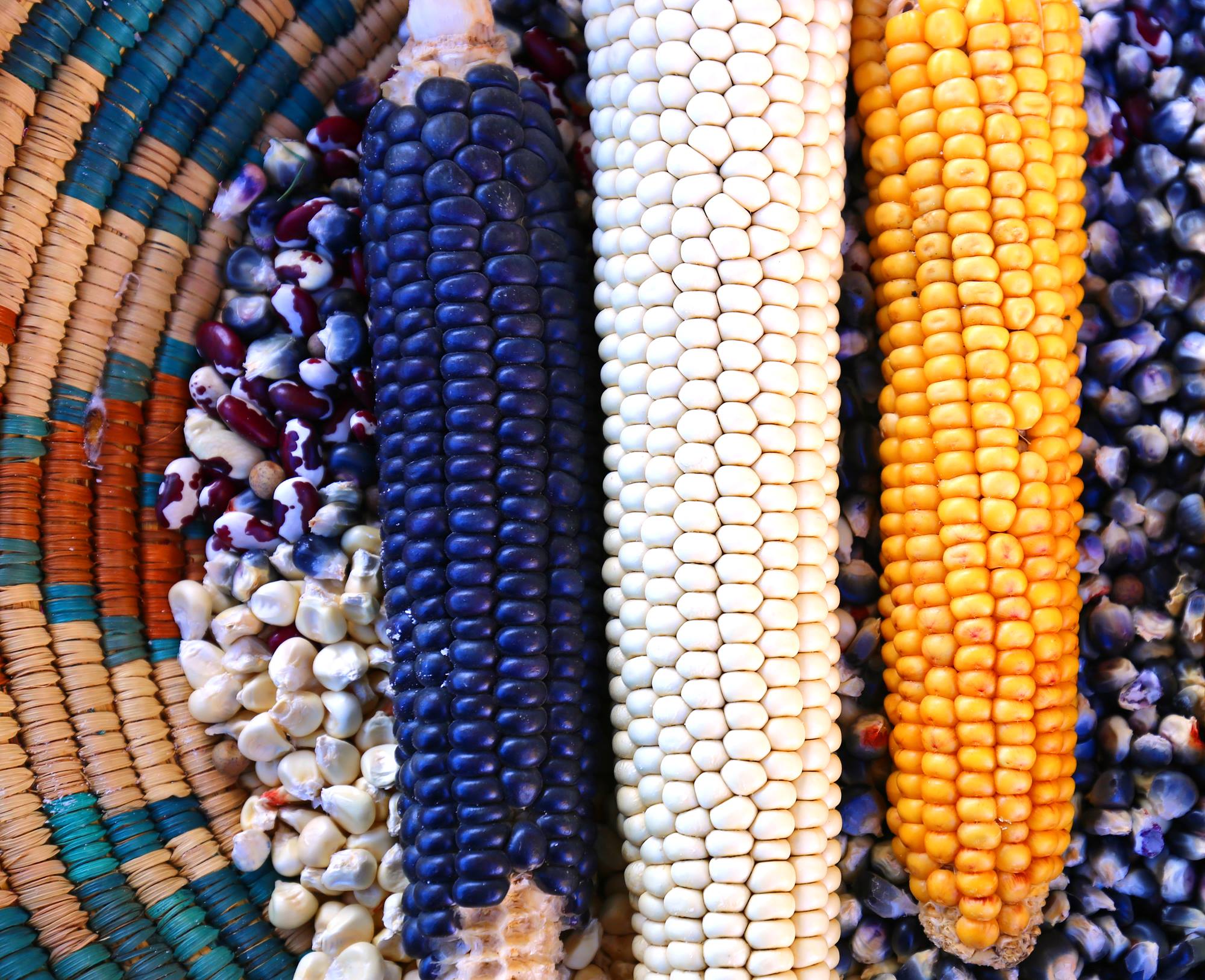
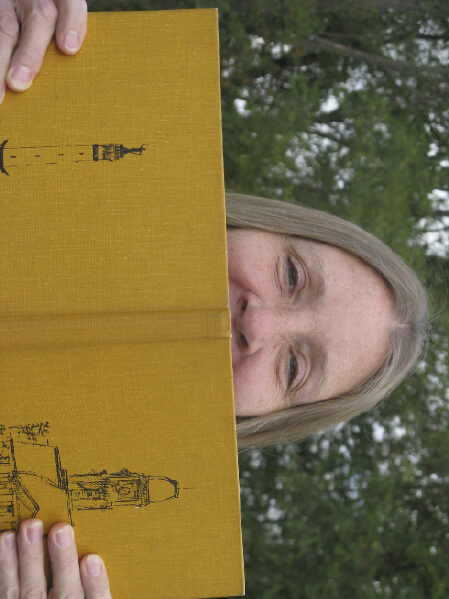
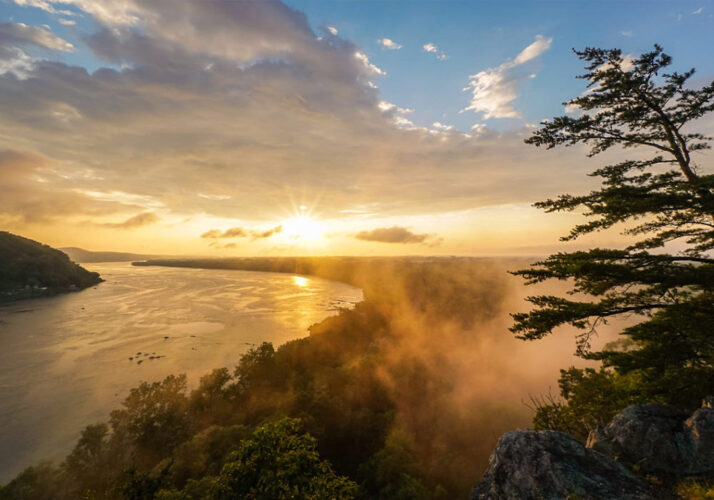

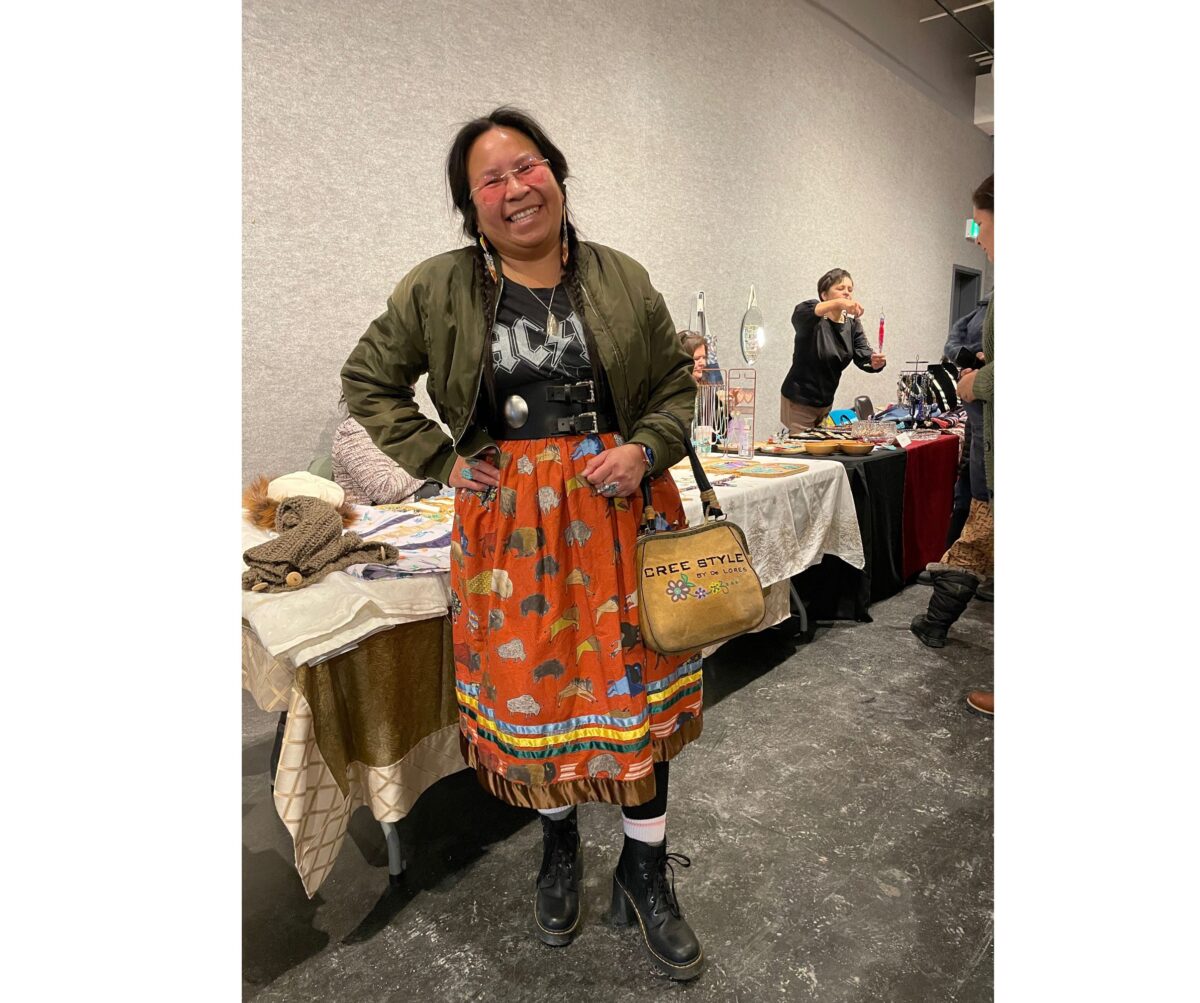
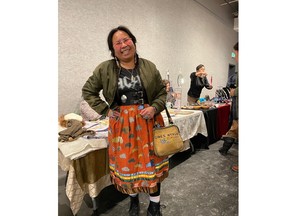 Fashion designer Delores Gull was a model of urban Indigenous style at the Niska Noël market on Saturday. Gull’s label Cree Style by Delores, features original ribbon skirts often made from Teton trade cloth, a Texas-based company run by the Delaware Tribe. Gull is busy planning an Indigenous Fashion Historical Teachings Gathering in Cochrane on Feb. 29. The location is yet to be determined. NICOLE STOFFMAN/THE DAILY PRESS
Fashion designer Delores Gull was a model of urban Indigenous style at the Niska Noël market on Saturday. Gull’s label Cree Style by Delores, features original ribbon skirts often made from Teton trade cloth, a Texas-based company run by the Delaware Tribe. Gull is busy planning an Indigenous Fashion Historical Teachings Gathering in Cochrane on Feb. 29. The location is yet to be determined. NICOLE STOFFMAN/THE DAILY PRESS